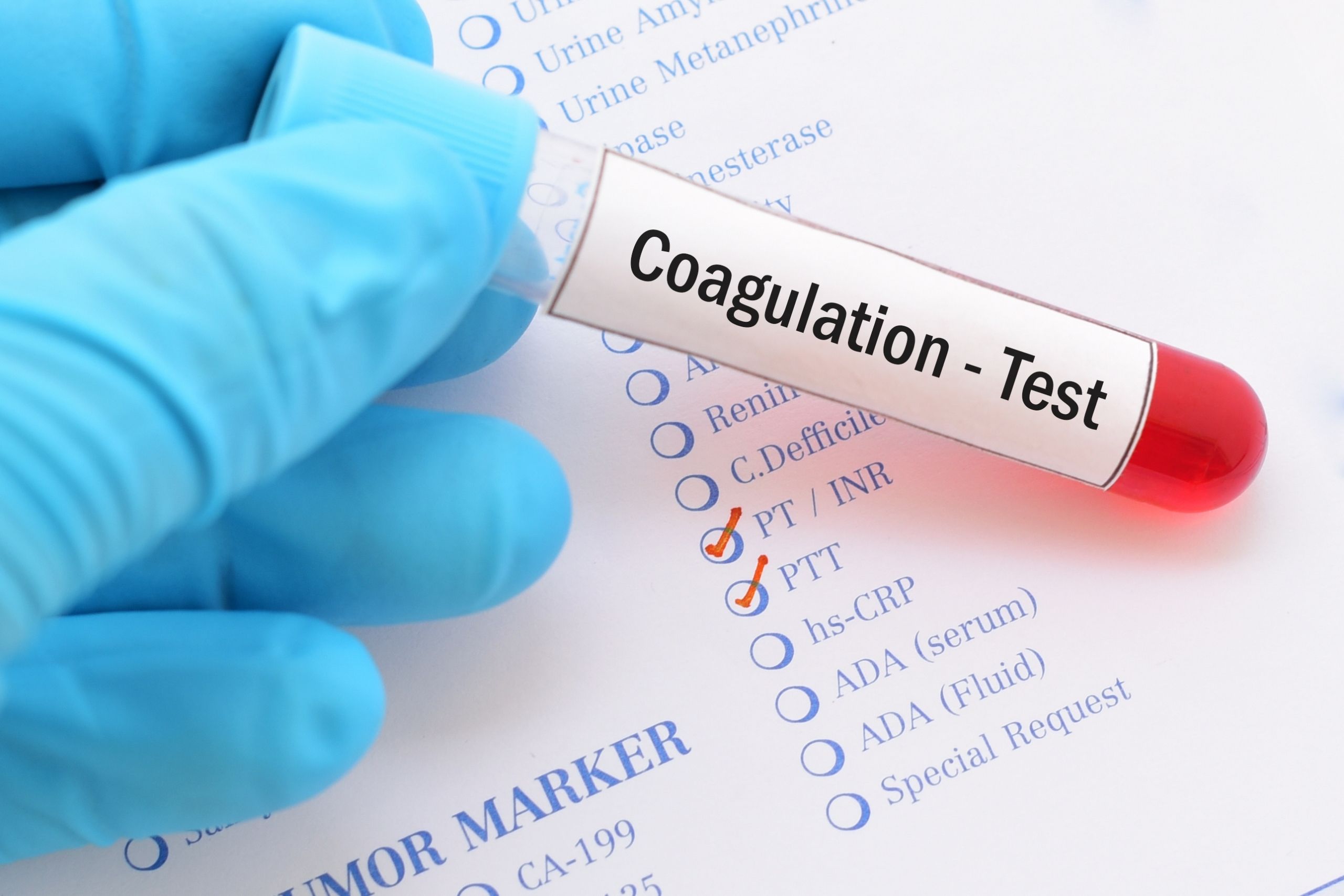Hemophilia and Coagulation Analyzer
Hemophilia:

Hemophilia (Heamophilia), is a genetic bleeding disorder, inherited from parents through a X chromosome carrying a nonfunctional gene. Despite being quite rare, (one in 10,000 newly born), hemophilia still counts as one of the most common bleeding disorders.
There are five different types of this disease.
- Hemophilia A
Caused by insufficient amount of clotting factor VIII; - Hemophilia B
Caused by low levels of clotting factor IX; - Hemophilia C
Caused by low levels of clotting factor XI; - Para hemophilia
Caused by low levels of clotting factor V; - Acquired hemophilia
This disorder is a non-genetic disorder usually associated with different types of cancer, autoimmune disorders and pregnancy. It is caused by autoantibodies against factor VIII and antibodies against plasma coagulation factors.
To diagnose hemophilia, a blood sample is taken where blood clotting, eventually a level of clotting factors is determined. The procedure is usually done with the help of coagulation analyzers.
Coagulation Analyzers

Coagulation analyzers are devices able to test the blood samples for coagulation (clotting) parameters. Coagulation refers to the process of a blood transformation from a liquid form to a gel, solid or semi-solid form. Blood coagulation (clotting) process involves platelets, coagulation (clotting) factors and some other factors such as vitamin K, Calcium and others. Clotting factors present in the blood are protein substances responsible for control of the bleeding process.
The mechanism of coagulation involves several steps, namely:
- Platelet activation,
- Platelet adhesion,
- Aggregation of platelets,
- Fibrin deposition and
- Maturation of fibrin.
Coagulation analyzers are fast and efficient devices able to test many blood clotting parameters in samples. Many of them offer measurement of platelet levels and clotting factors; in few minutes they are able to measure the speed of the coagulation pathway, as well as thrombin and thromboplastin levels. They could be also helpful in early diagnosis and prevention of a heart attack as some of the clotting factors may play role in this disorder.
Coagulation analyzers are mainly used for two specific purposes.
1-To detect clotting insufficiencies related to bleeding disorders (many of them hereditary). While there is usually no cure for inherited bleeding disorders, there are treatments available that can manage and control the condition. Most common diseases in this category are:
- Thromboembolic disease
- Thrombocytopenia
- Impaired liver disorders
- Hemophilia
- Von Willebrand disease
2-To monitor the effect of drugs including:
- Heparin
- Oral anticoagulants
- Thrombolytic drugs
- Antiplatelet agents
- Blood components therapies
Different types of Coagulation analyzers

The principles, the modern coagulation analyzers operate on, are the following:
- Mechanical impedance
This type of device uses blood viscosity changes to determine clotting time.
- Electromagnetic field changes detection
This type detects changes in the magnetic field between the magnet in the test tube and magnetic detector when the blood clot forms.
- Photometric changes detection
Changes in the sample’s optical density are monitored to sense the beginning of blood clot formation.
In the past, manual coagulation analyzers were extremely limited in terms of available tests and their accuracy. Obtained results were questionable mainly due to the human errors during their operation. Today’s fully automated coagulation analyzers are far advanced and available in different types and models to fit every laboratory, hospital or clinical testing facility. They allow the use of a wide range of coagulation tests while maintaining high degree of accuracy and reliability.

